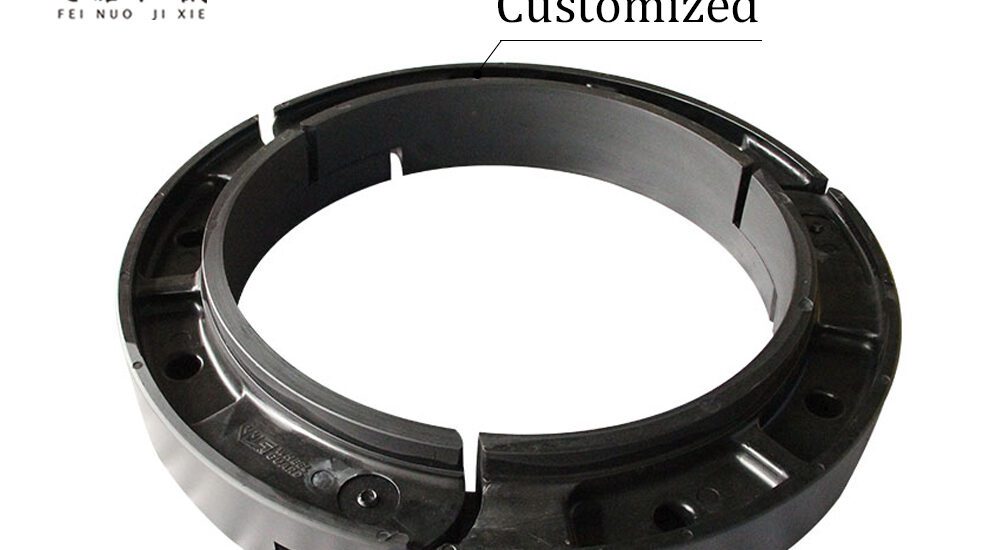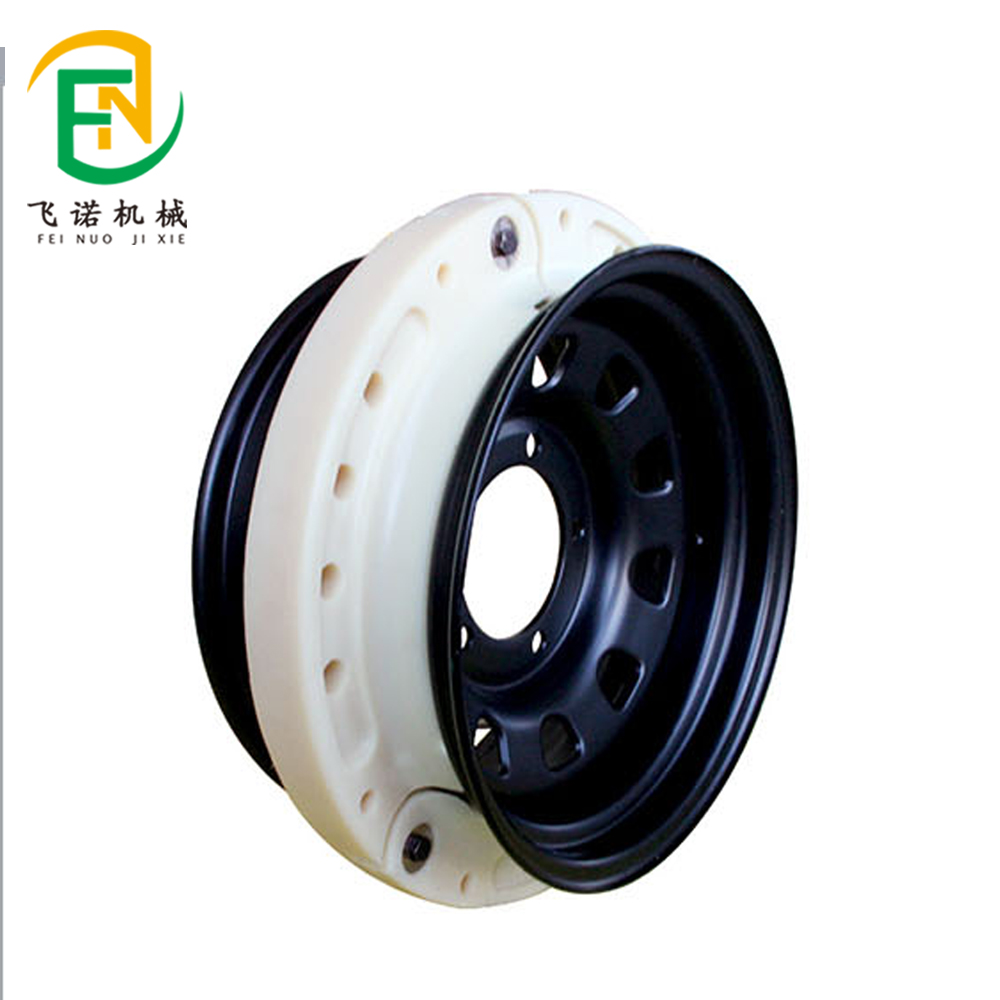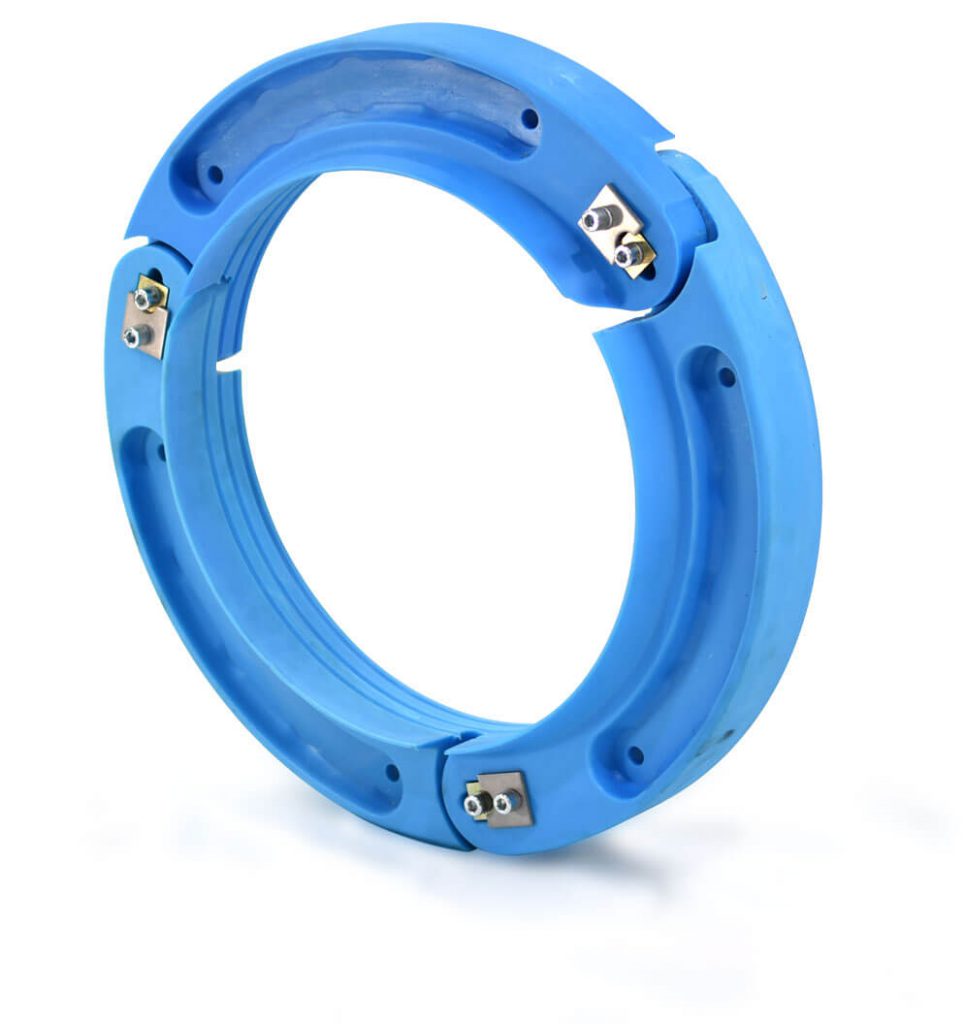- June 18, 2025
- Posted by: feinuojixie
- Category: Run Flat Guide


When we think of military vehicles, we often picture thick armor plating, powerful engines, and advanced weapon systems. Rarely do we consider the humble tire—yet in the heat of battle, a single flat can mean the difference between success and failure. That’s where run flat tire military technology becomes a silent game-changer. Designed to withstand punctures and keep vehicles moving under extreme conditions, these specialized tires have quietly become a foundational element of modern defense mobility. In this article, we uncover why run flat tire technology is not just a convenience—but a strategic necessity in military operations.


What Are Run Flat Tire Military Systems and How Do They Work?
Run flat tire military systems are specially engineered to maintain functionality even after suffering damage such as punctures, gunfire, or explosive blasts. Unlike standard tires, they are designed with reinforced sidewalls or internal support rings—usually made of high-strength rubber or composite material—that allow the vehicle to continue moving for tens of kilometers without air pressure. Some systems integrate automatic tire pressure monitoring, enabling soldiers to assess tire conditions in real-time. This design gives military vehicles critical mobility when stopping is not an option.
The Tactical Advantage: Why the Military Relies on Run Flat Tire Technology
In the military world, mobility equals survivability. A vehicle immobilized in hostile territory can become an easy target and place lives at risk. Run flat tire technology eliminates this vulnerability. Whether navigating active combat zones or evading roadside threats, military vehicles equipped with run flat tires can keep moving under pressure. This ability boosts mission success rates, gives commanders more operational flexibility, and ensures that troops reach their objectives safely—even when conventional tires would have failed.
Battlefield Proven: Real-World Scenarios Where Run Flat Tire Technology Saved the Day
Consider an armored personnel carrier hit by small-arms fire while escorting troops in a conflict zone. With traditional tires, the convoy would have to stop, exposing soldiers to additional danger. With run flat tire technology, the damaged vehicle can continue its mission or retreat to safety without delay. In another example, vehicles during reconnaissance missions in rocky terrain may suffer sidewall damage from sharp stones—but continue uninterrupted thanks to internal tire supports. These scenarios are not hypothetical; they reflect the real-world utility and lifesaving potential of run flat tire systems in active operations.
Durability That Matches the Mission: Engineering Behind Military Run Flat Tire Technology
Run flat tire military designs are born from a fusion of advanced materials science and combat engineering. These tires are often constructed with heavy-duty rubber compounds, reinforced with Kevlar or ballistic nylon layers, and supported by polymer or metal inserts inside the wheel cavity. Some systems use beadlock technology to keep the tire secure on the rim even under zero-pressure conditions. The result is a tire that can bear enormous loads, absorb battlefield shocks, and withstand direct damage—while maintaining structural integrity and function.
Mobility Across All Terrains: Run Flat Tire Performance in Harsh Environments
Whether it’s blistering deserts, icy tundra, muddy jungles, or crumbled urban warzones, military vehicles must move forward—no matter the terrain. Run flat tire technology ensures that mission vehicles can handle extreme environmental challenges without compromising on speed or control. The specialized tread patterns, reinforced carcasses, and flexible sidewall systems offer superior grip and adaptability. From sandy minefields to rocky highlands, these tires keep defense operations on the move.
Maintenance and Logistics Simplified: Operational Efficiency with Run Flat Tires
Traditional military logistics often require vehicles to carry spare tires or call in recovery teams for repairs. Run flat tire systems streamline this process. By minimizing the need for immediate roadside servicing and reducing the frequency of flat-related breakdowns, they cut down on transport delays, maintenance costs, and supply chain vulnerabilities. This simplicity is especially valuable during rapid deployment missions where speed and efficiency are crucial.


Innovation on the Move: Future Developments in Military Run Flat Tire Technology
Military run flat tire technology continues to evolve. Future developments include airless tire systems that use flexible spokes instead of air pressure, making them completely immune to punctures. Smart tire technology is also on the horizon—integrating sensors to monitor tread wear, heat levels, and pressure in real-time. These innovations will not only enhance reliability but also contribute to predictive maintenance, extending operational lifespan and improving vehicle readiness.
Rolling Forward with Confidence
Run flat tire technology may not carry the firepower of a mounted turret or the sophistication of a GPS-guided missile, but it plays an equally vital role in modern military operations. It ensures that vehicles keep moving, missions stay on track, and soldiers return home safely. As defense demands grow more complex and environments more unpredictable, the value of dependable, high-performance mobility solutions like run flat tire military systems becomes undeniable. It’s the invisible armor beneath every vehicle—silent, strong, and mission-ready.
